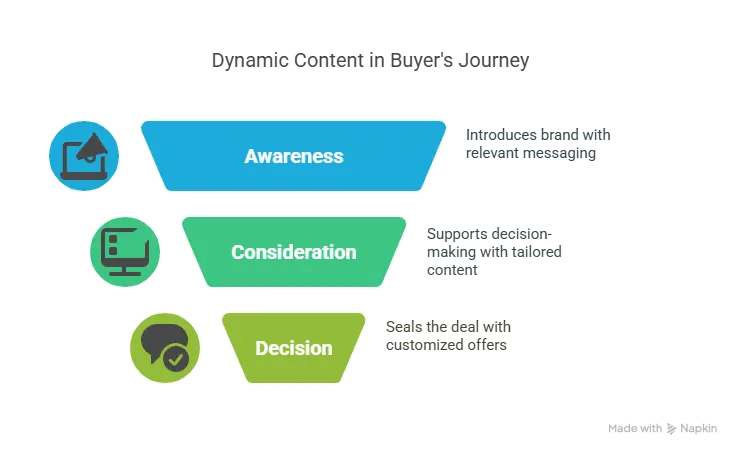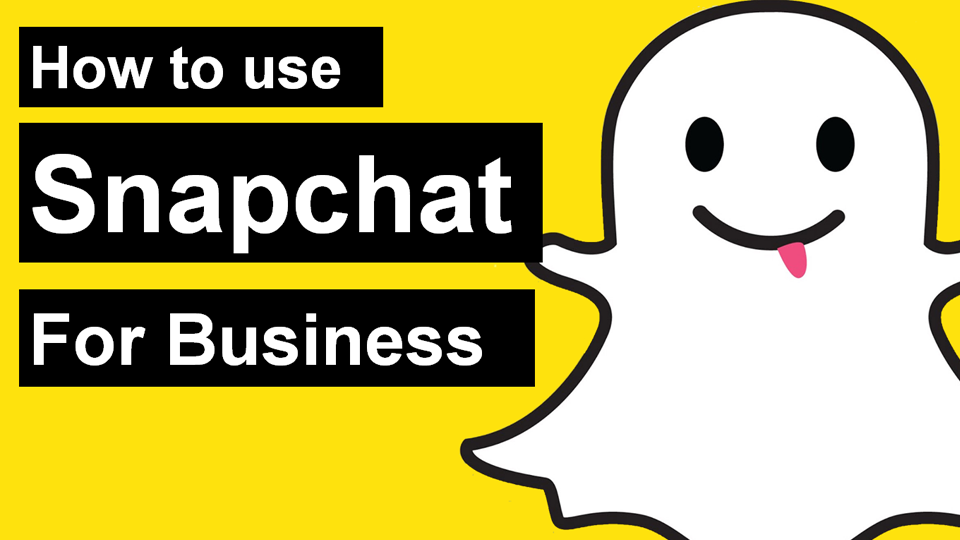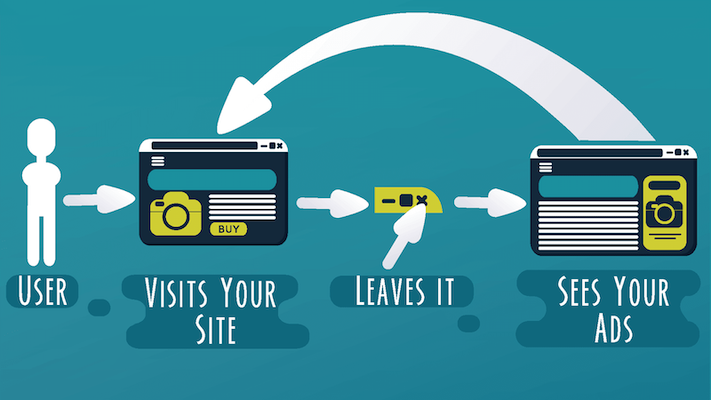The 7 keys to dynamic content

Dynamic content is the magic key that allows us to offer users highly personalized experiences. And in turn, personalization is one of the main keys to Online Marketing Strategies.
Just five years ago, we were amazed when a website offered us personalized recommendations, but today, users assume and expect this personalization. So much so that up to 74% of them experience frustration when a website shows them content that does not correspond to their interests, according to a study by SharpSpring.
So that you don’t have these problems when it comes to conquering your target, let’s see what dynamic content consists of and what its keys are.
What is dynamic content?
Dynamic content is the elements of a page or email that change based on the user’s information or previous behavior.
For example, the main image of a marketing email may show different vacation destinations based on a user’s interests, or the main offer of a landing page may be different for first-time visitors and those who are already ready to convert.
In short, dynamic content allows us to create a unique experience for each user who visits us or receives our content.
7 Key Places to Use Dynamic Content
The possibilities for dynamic content are virtually endless, as it can be used in multiple locations and adapted based on many factors. To start focusing, let’s see what the 7 key places are to use this tool successfully.
- Landing pages. Landing pages are a great resource for converting users into leads or even customers. If you can get them to show a different message for each user, you will be multiplying the chances of conversion. For example, you can include the user’s name in the page copy and reference products they’ve already purchased. If you want to take it a step further, try customizing your call-to-action.
- Emails. Dynamic content can help you multiply the open and conversion rates of your emails. Of course, you need to personalize the recipient’s name and gender, but we can go much further. Think about all the information you have about the user (including their location) and use it to tailor the offer to their interests.
- Forms. Forms are always a sticking point in conversion strategies, as we have to convince the user to fill them out. But thanks to dynamic content, we can shorten this whole process and show the user only the fields corresponding to data that we do not yet have about them. Sometimes, all we need to do is ask you to confirm your email, a step that generates much less resistance than filling in all your details.
- Redirects. Dynamic content not only serves to show us one piece of information or another, but also to direct the user to the sites on our website that may be of most interest to them. For example, if you have been looking for information about travelling to Asturias, we can take you directly to a website about the Picos de Europa. In many cases, the user doesn’t even realize they’re being redirected.
- Pop-ups. To personalize user experiences, you not only have data about their past behavior, but also information about what they are doing on your website at that very moment. You can use indicators like time spent on a page, idle time, mouse movements, and other real-time signals to trigger smart pop-ups that adapt to what they need at the moment.
- Personalized recommendations. Much of the success of large companies like Amazon and Netflix is based on their ability to recommend specific products for each user. But even if this strategy doesn’t suit your business, you can use what you know about users to provide them with personalized content from your blog or website.
- Dynamic searches. On large pages with thousands of products, the search experience can be overwhelming and cause the user to abandon. To prevent this, we may combine site data with personal user information to help you find what you need. For example, we may suggest the most common search terms or provide you with results based on your previous choices, such as clothing from a particular brand or items in a certain price range.










